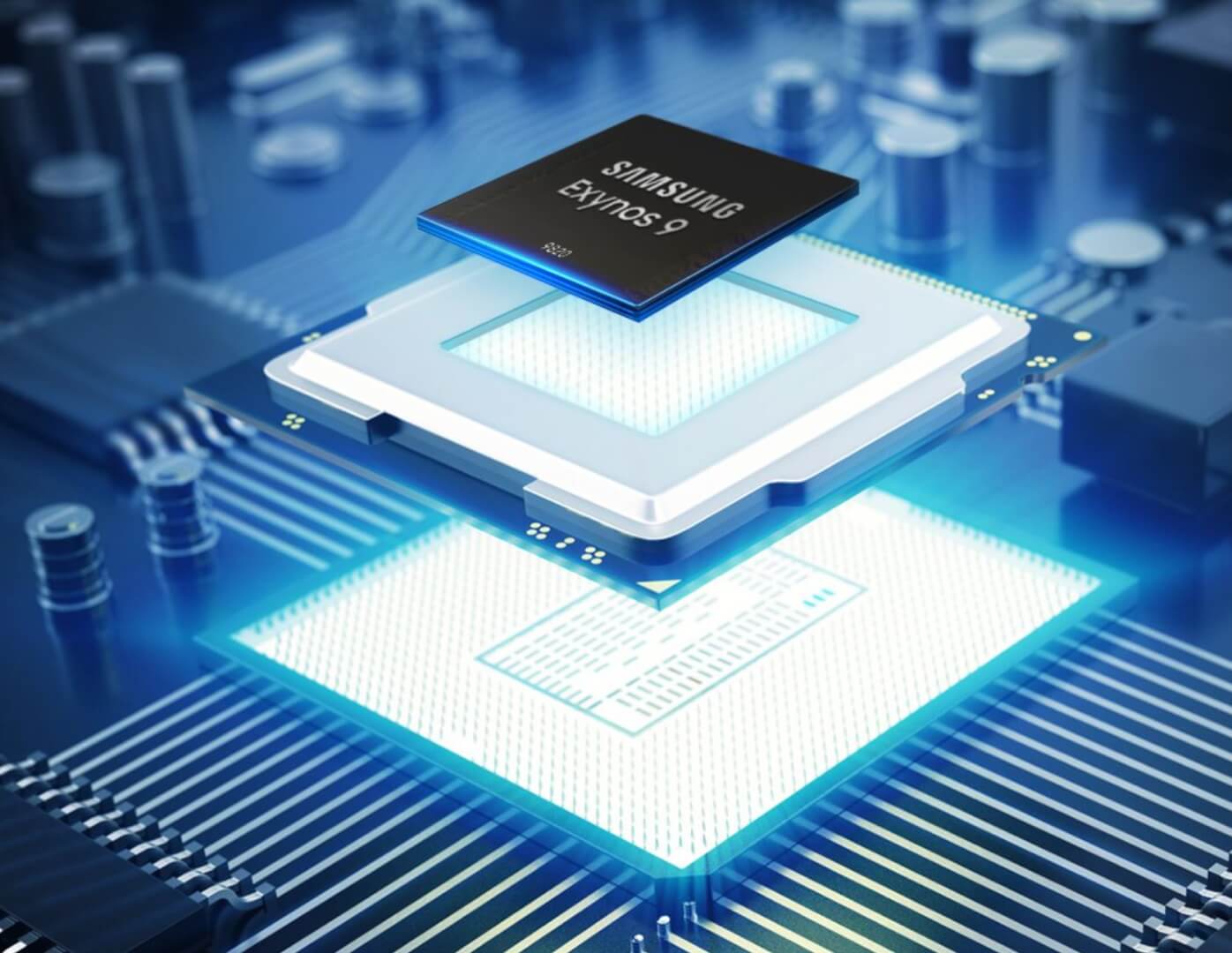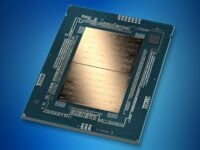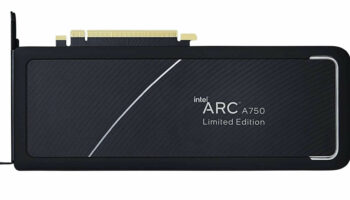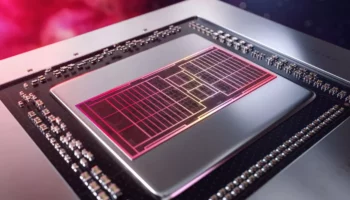According to rumors from the Clien forums, Samsung may expand the use of AMD’s RDNA 2 graphics IP to its mid-range Galaxy A smartphones. The Samsung-AMD collaboration is old news at this point, but it was believed that Radeon graphics would be limited to the higher-end Exynos SoCs. The Exynos 2200 is on track for a late 2021 launch. As per earlier leaks from the Clien forums, an engineering sample of the chip (from June) is up to 50% faster than the Apple A14 in graphics workloads, all courtesy of the accompanying RDNA 2 GPU. The graphics processor integrated into the mobile SoC in partnership with AMD features 6 CUs, with an operating (boost?) clock of 1.31GHz
The latest GFXBench figures from the 3rd round of the graphic throttling tests are as follows:
- Manhattan 3.1: 127.5 FPS
- Aztec Normal: 90.7 FPS
- Aztec High: 39.65 FPS
Even though there’s still a fair bit of throttling, the device remains nearly 50% faster than the Apple A14 in graphics workloads and considerably ahead of the Exynos 2100. As for the lower-end Galaxy A series, we’ll likely get a much smaller GPU shader count than the 384 ALU part powering the flagship. The source believes that the mid-range SoCs will be paired with 2-4 CU GPUs, with a core clock of around 1GHz. The lower-end Exynos SoCs will be paired with Cortex A78 cores on the CPU side. (fabulouseyebrowthreading.com) Since it’s a much smaller chip, throttling isn’t really an issue.
In addition to Samsung, Google and a few Chinese smartphone markers are also (reportedly) working on implementing RDNA 2 IP in their devices. It’s best to take the latter with a grain of salt as it’s the first we’re hearing of it. The Exynos 2200 SoC paired with the RDNA 2 (codenamed Voyager) GPU will be fabbed on the foundry’s 4nm LPE node. It’ll feature eight CPU cores: x1 Cortex-X1 high-performance core, x3 Cortex-A78 medium cores, and x4 A55 low-power cores. The SoC is slated for a launch in December 2021.
Older coverage on the topic:






